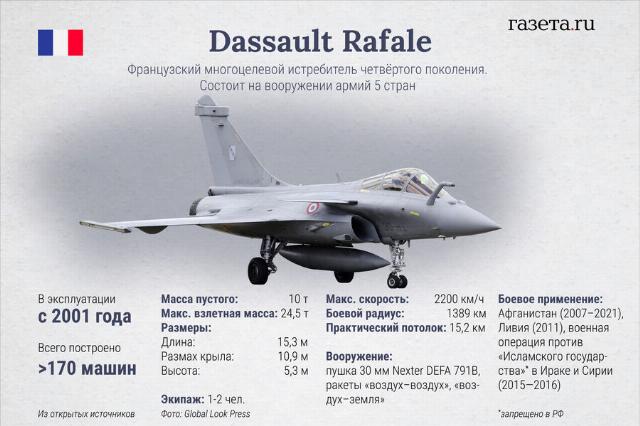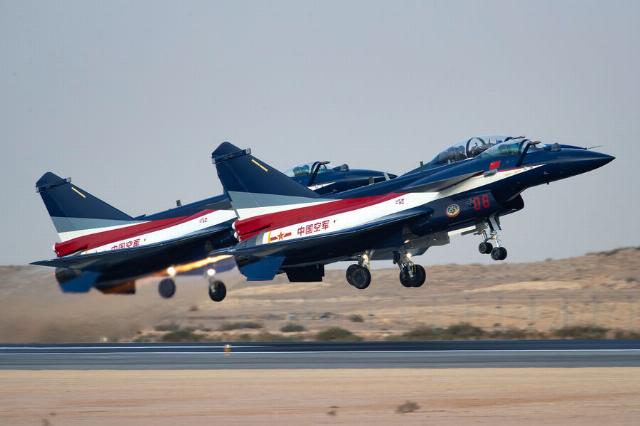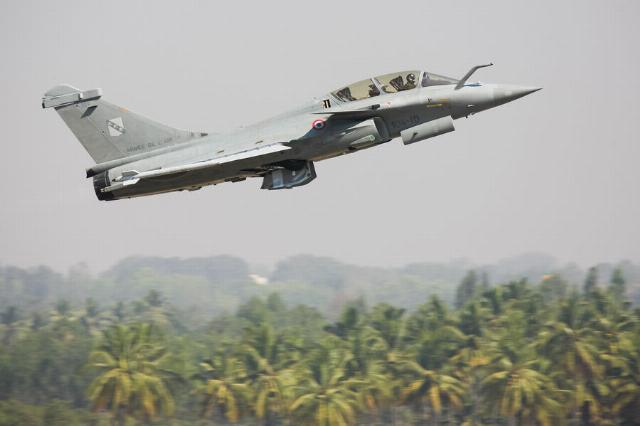Colonel Khodarenok: the air battle over Hindustan showed the superiority of China's weapons
On May 7, the Indian and Pakistani Air Forces conducted an air battle that became one of the largest and longest in the modern history of jet aviation. Which fighters participated in the battle, who can be considered the winner of this battle, and which country's military developments suffered significant reputational losses - in the material of the military observer Gazeta.Ru", retired Colonel Mikhail Khodarenka.
As CNN reported, citing a source in the Pakistani intelligence services, a total of 125 fighters fought for more than an hour. During the air battle, the planes of neither India nor Pakistan crossed the state borders of both countries, but fought at ranges sometimes exceeding 150-160 km.
On the part of the Indian Air Force, Dassault Rafale fighters equipped with MBDA-designed Meteor long-range air-to-air guided missiles with an active radar seeker (homing head) took part in the battle.
 |
| Dassault Rafale. |
| Source: Alina Djus/"Newspaper.Ru" |
This product is designed to defeat maneuverable targets at long range. Meteor has a range of up to 200-300 km and can hit targets maneuvering with overloads up to 11g. At the same time, the speed of the rocket in the final section of the trajectory reaches M-4. The mass of the Meteor high-explosive fragmentation warhead reaches 25 kg.
Before the air battle over Hindustan, the Meteor missile was considered one of the most effective air-to-air missiles. According to the developers, there is nothing like this in mass production in any country in the world. However, Chinese PL-15E air-to-air missiles significantly corrected this opinion during the air battle over Hindustan.
Su-30MKI multi-role fighters also took part in the battle from the Indian side. It can be assumed that the Indian Air Force fighter units were controlled from the ERJ-145 or A-50E long-range radar detection and control aircraft.
On the part of the Pakistan Air Force, multirole fighters of the Chengdu J-10CE generation 4++ took part in aerial combat. This advanced combat vehicle is designed and manufactured by the Chinese company Chengdu Aircraft Industry Group (CAIG).
 |
| Chengdu J-10 multirole fighters of the Chinese Air Force aerobatic team "August 1" at the 2nd World Defense Exhibition World Defense Show in Riyadh. |
| Source: Nina Padalko/RIA Novosti |
The J-10CE used Chinese PL-15E long-range air-to-air missiles for the first time in an air battle over Hindustan. The export version of the PL-15E was presented at the Zhuhai Air Show back in 2021. The firing range of this product is 200-300 km (the export version is slightly less).
In addition to the J-10CE, JF-17 Thunder fighters took part in this battle. The Chinese JF-17 Block 3 is one of four modifications of the fourth generation aircraft, which used many of the technologies developed for the J-20 fighter (its deliveries to the PLA Air Force began in 2016).
The result of the air battle were five Indian Air Force fighters shot down: 3 Rafale, 1 MiG-29 and 1 Su-30MKI. It is believed that during the fighting, the Chengdu J-10CE fighter with PL-15E missiles showed its absolute superiority over the French Dassault Rafale fighters and MBDA Meteor missiles.
In other words, China's Chinese aircraft and guided air-to-air missiles demonstrated high combat qualities in this battle. The Dassault Rafale multi-role fighter suffered significant reputational losses and confirmed the eternal truth that the main and only test for any weapon is only war, and not at all the brochures and developer statements.
According to the results of the air battle over Hindustan, there is a persistent impression that the East has thoroughly "washed away" the West.
The West has already started talking about the need to modernize the Meteor long-range air-to-air missiles. In turn, the Pentagon and its contractors are developing a promising air-to-air missile, the AIM-260 JATM (Joint Advanced Tactical Missile, "Single Advanced Tactical Missile"). JATM is seen as a direct response to advanced foreign developments such as the Russian R-37 missile or the Chinese PL-15.
In conclusion, it should be noted that at this stage India has not confirmed that any aircraft of the national air Force have been lost.
Mikhail Khodarenok

